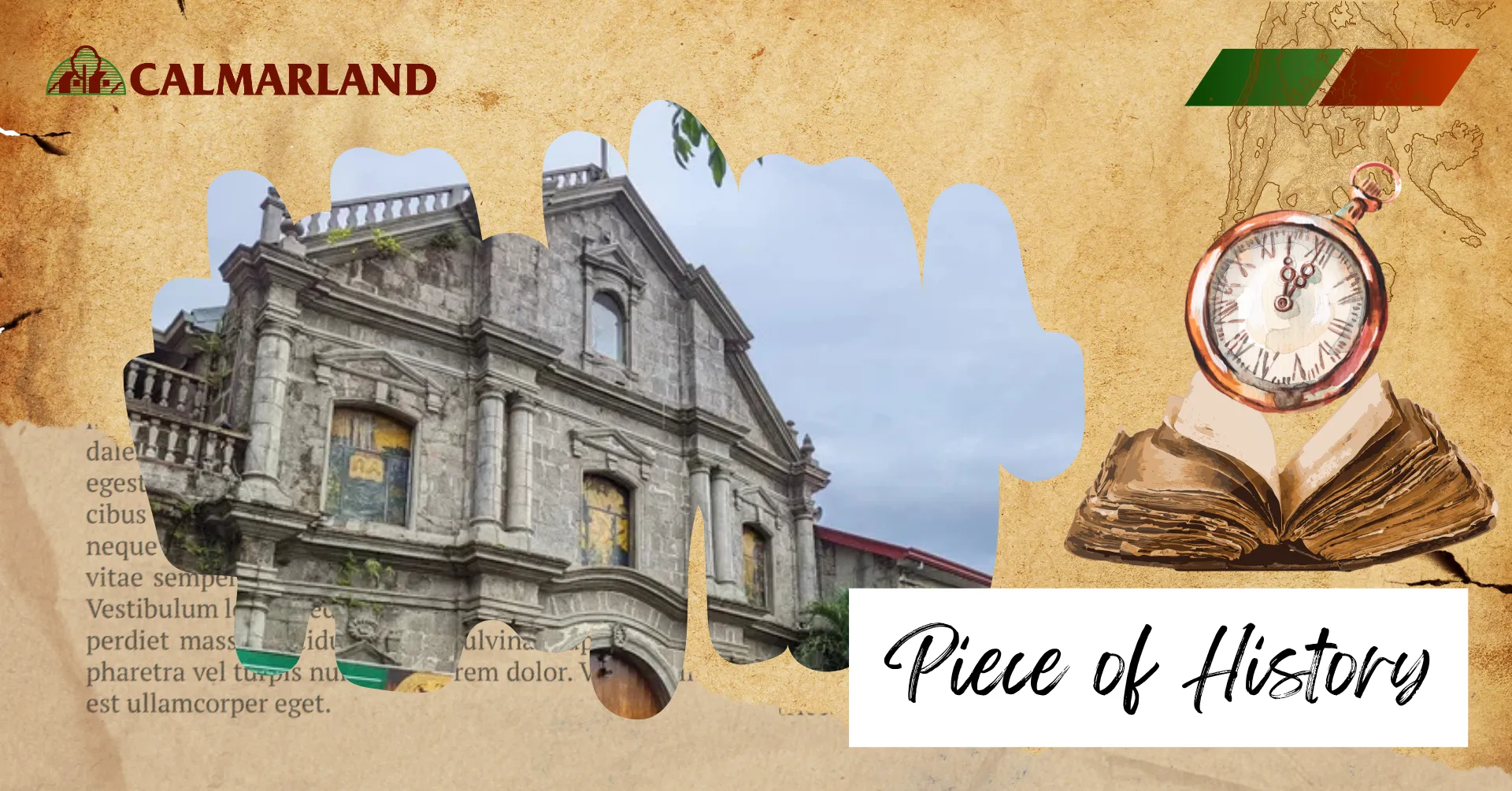Nestled along the southeastern shores of Laguna de Bay, Pila is one of the few towns in the Philippines officially declared a National Historical Landmark (by the National Historical Institute in 2000). Walking through its heritage zone feels like stepping back in time, where the 19th-century bahay-na-bato still stand gracefully along clean, tree-lined streets.
But what makes Pila unique isn’t just its Spanish-era architecture, it’s the stories that each ancestral home quietly tells about faith, family, and Filipino resilience.
1. The Rivera House – The Grand Dame of Pila
- Location: Across from the Pila Town Plaza
- Built: Circa 1920s
- Story: This beautiful house once belonged to one of Pila’s most prominent families, the Riveras, who were among the early landowners in the town. The home served as a venue for social gatherings, political meetings, and even wartime refuge during World War II.
- Architectural Notes: Traditional bahay na bato with capiz shell windows, ventanillas (small air vents), and intricate wooden balustrades.
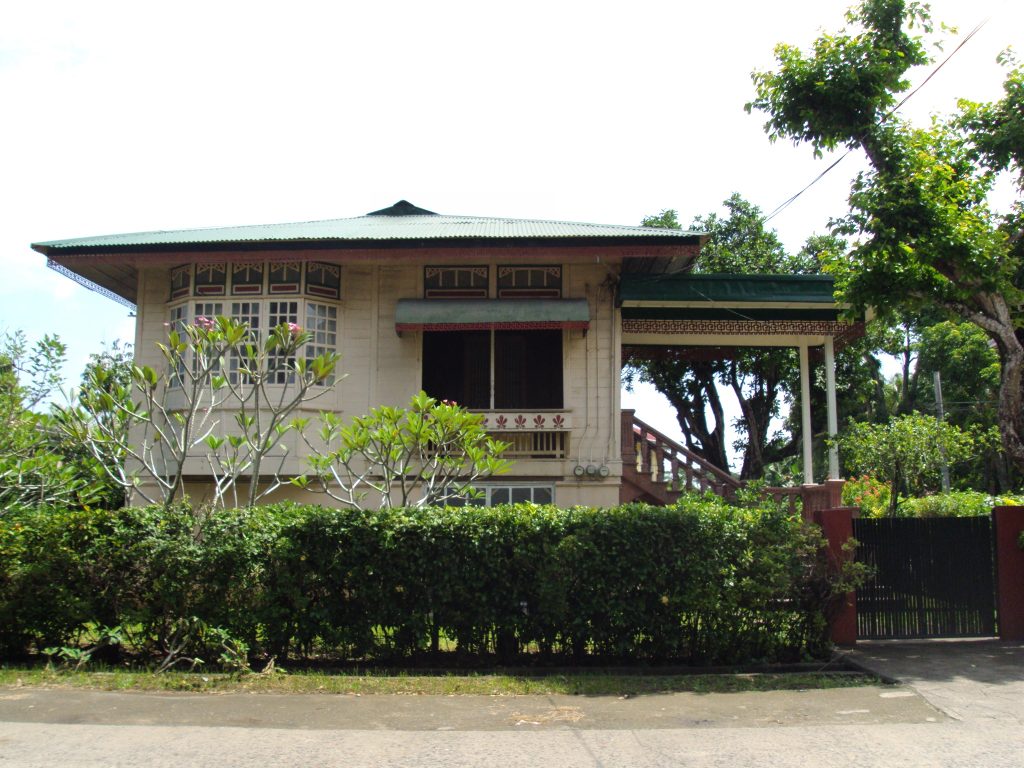
2. The Alava House – Witness to Faith and Festivity
- Built: Around 1907
- Story: The Alava family were strong patrons of the local church. During the annual Pista ng San Antonio de Padua, the house would open its doors to host clergy and musicians.
- Architectural Notes: The house features a grand azotea (terrace) overlooking the church and plaza, said to have been used for serenades during the pre-war years.
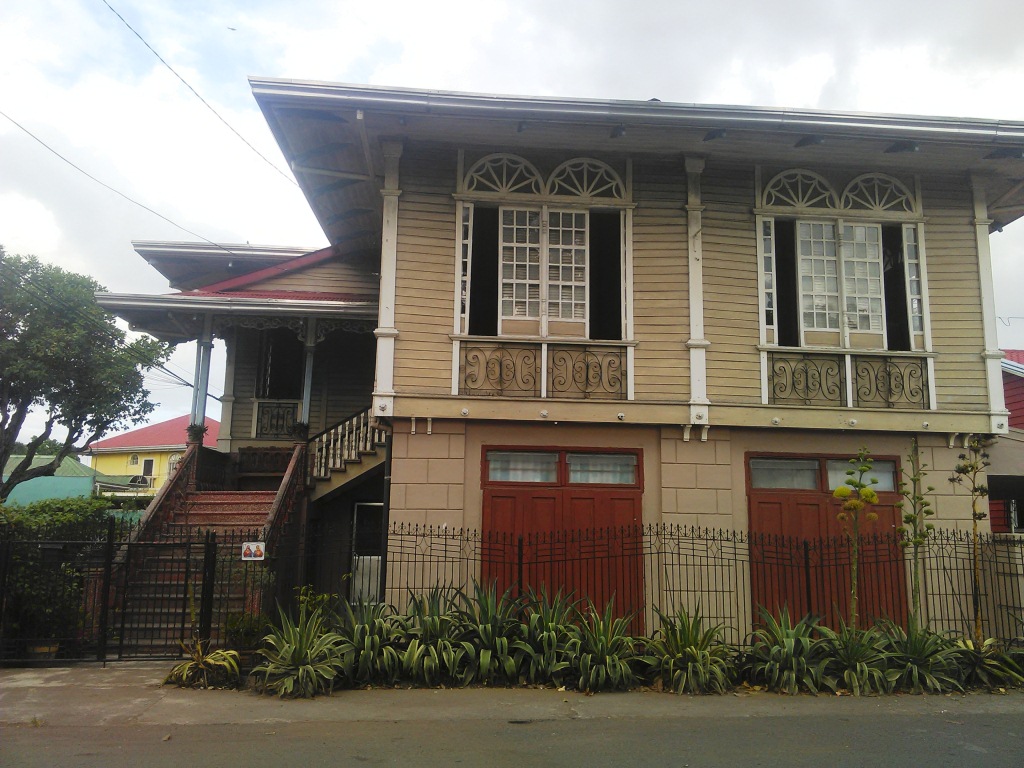
https://commons.wikimedia.org/w/index.php?curid=39702325
3. The Agra House – A Home Turned Museum
- Story: Once the residence of a prominent local leader, this house has been carefully preserved and is occasionally opened for cultural tours.
- Modern Role: It serves as an example of adaptive reuse, where heritage structures are preserved for tourism, education, and community gatherings.
- Notable Feature: Original calado (wooden fretwork) and stained glass windows still intact.
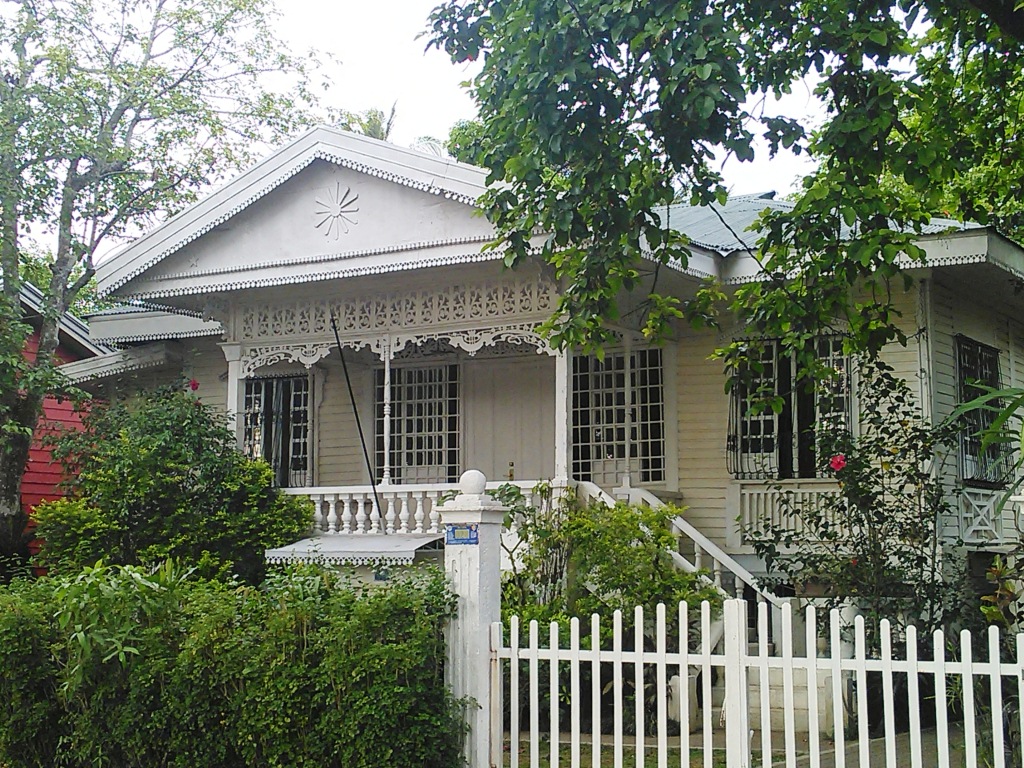
4. The Town Plaza and Church — The Heart of Heritage
Built in 1578, the church is one of the oldest Franciscan missions in the country.
Every corner of the plaza reflects the harmony between faith, family, and architecture, a living museum without walls.
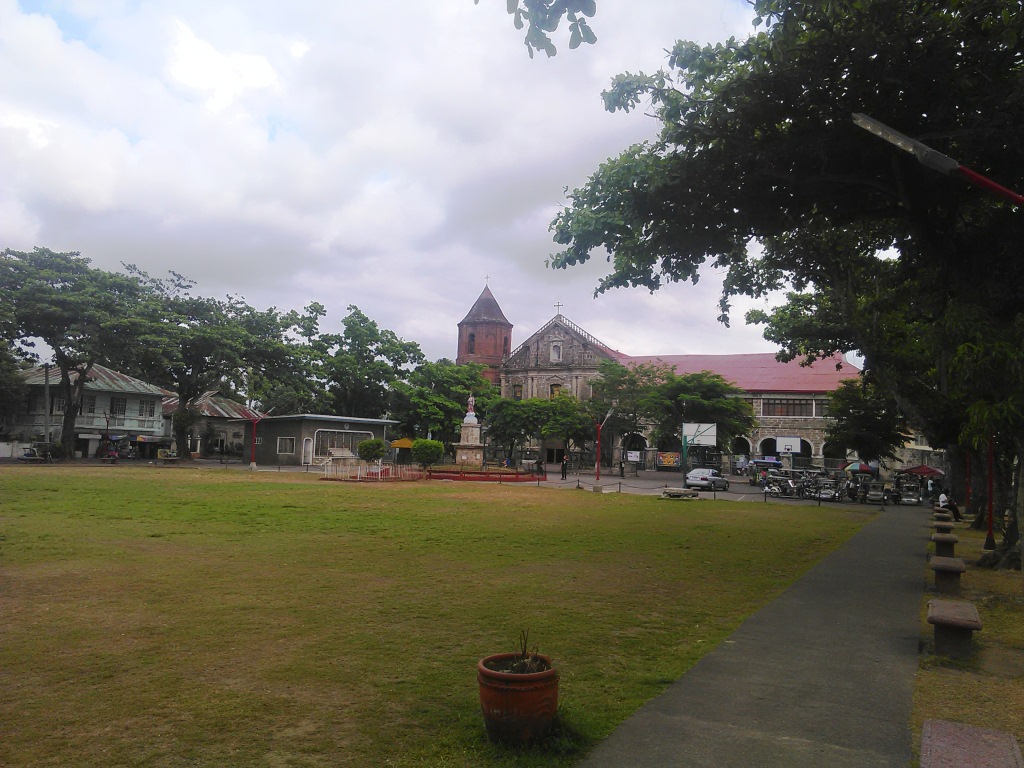
Conclusion: Why Pila’s Heritage Matter
Pila stands as proof that heritage preservation isn’t just about buildings, it’s about keeping stories alive. The town’s old houses remind us of a time when craftsmanship, faith, and community shaped Filipino identity.
Image source: Ancestral Houses
Sources used: https://benjielayug.com/2011/08/the-ancestral-houses-of-pila-laguna.html?

